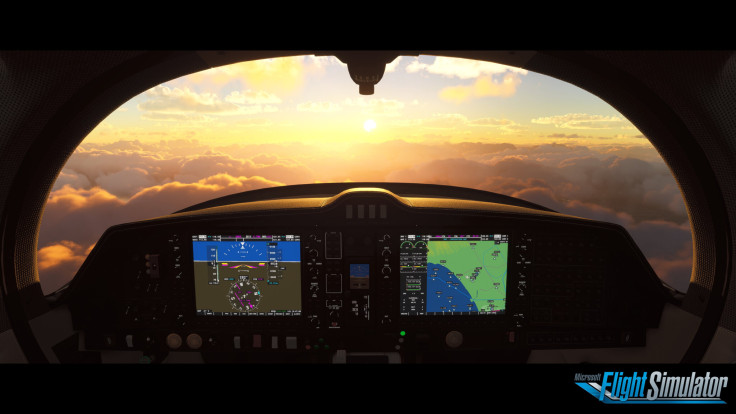Another major update for Microsoft Flight Simulator is here and it goes hard on bugs and issues, but that's not all it does. It also significantly improved two planes: Boeing 787-10 and Boeing 747-8. Three presets for Yawman Arrow are introduced as well, and the max engine count from Aircraft Editor is removed.
Players can now control the cursor via any device with a joystick. Using radio minimums in Daher TBM 930 won't result in the minimums alerter behaving incorrectly. A portion of the patch notes revealing all changes for both planes is mentioned below.
Boeing 787-10 Dreamliner / Boeing 747-8 Intercontinental
- Comprehensive visual overhaul of the avionics for accurate font, symbology, look, operation, and feel
- Visually accurate PFD supporting rising runway indication, ILS symbology, FPV and much more
- Independent MFD/ND/CDU Screens supporting view pane system management
- Full MFD synoptics pages indicating status of their respective systems
- Integrated avionics checklists on the MFD
- EICAS supporting full engine indication display and a whole suite of CAS messages
- CDU supporting advanced flight plan management and performance initialization features
- Advanced flight plan support, including arcs, radius-to-fix, intercepts, holds, procedure turns, and missed approaches
- Alternate diversions with customizable profiles for the predictions of ETA, distance and fuel remaining to multiple airports
- More in-depth Speedbrakes logic (rejected takeoff, arm, reversers, auto down behavior)
- Performance based VNAV with idle descent capabilities considering aircraft state, temperature and wind forecast
- Advanced VNAV configuration with ECON/selected modes, configuration of speed restrictions and speed transitions
- Fully featured autothrottle system with correct AT modes/functionality and communication to and from the FMS
- Thrust management system supporting cost index, thrust limitation and assumed temperature derate
- Fully featured autopilot including AUTOLAND, FLARE and ROLLOUT modes
- Integrated Approach Navigation (IAN) functionality and indications for straight-in non-precision approaches
- RNP/ANP indications
- TCAS II system supporting traffic advisories and RA indications on the ND
- Revised Engine and Flight Model bringing many values closer to book, fuel consumption, engine power settings, climb rates, speeds, and attitudes
- Fuel System overhaul supporting correct automation and warning logic
- Support for Hydraulic Demand pumps and automation
- Air conditioning and basic duct pressure simulation
- Pressurization system with FMS (AUTO) and MAN landing altitude capabilities and automatic VNAV based altitude scheduling
- Electrical systems with correct bus connection logic and adjusted power consumption
- Functional GPS and IRS navigation systems
- Adding more functionality to the overhead panels with accurate indications on the electrics, hydraulics, fuel and ECS panels
- Adjusted overhead panels logic and lighting accordingly
- Extended ingame checklists for both planes which are mostly auto-completable
- 787: Revision of the plane's soundscape
- 787: Overhauled HUD supporting nearly all real-world symbology, including both Full and Decluttered modes, runway edge lines, FPV acceleration and speed error indications, TOGA and G/S reference lines, and unusual attitudes
- 787: New fly-by-wire system simulating the authentic C*U law with trim speed unique to Boeing aircraft
- 787: Flaps system comes with "Load Relief" and "Auto-gap" functionality
Read more about the update on the official website.
So, what do you think? Are you interested in any of these changes? Have you been playing Microsoft Flight Simulator recently? Let us know your thoughts in the comments section below.

















